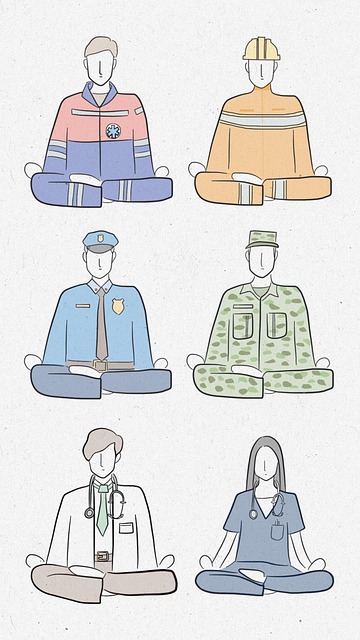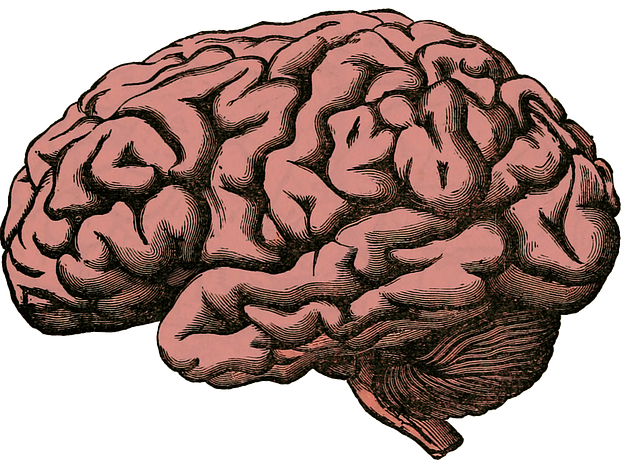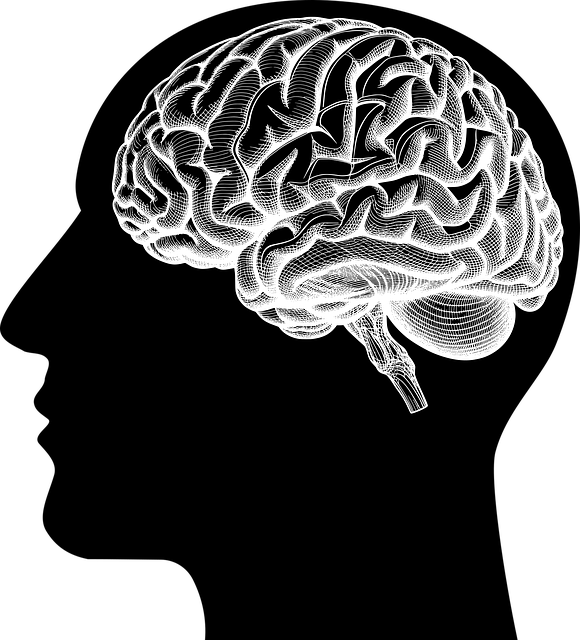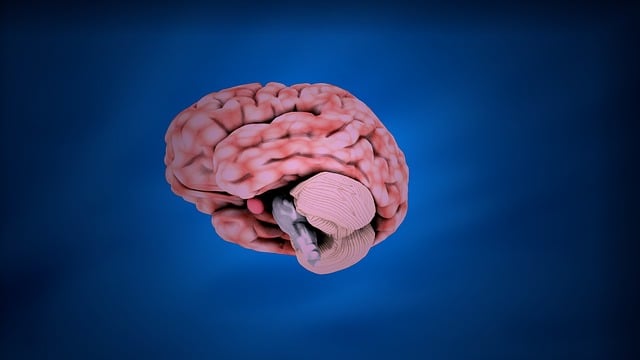Crisis Intervention Teams (CITs) in Arvada address limited mental health services by deploying trained professionals to de-escalate crises, offer immediate support, and connect individuals with ongoing care for Arvada panic disorder and anxiety attacks. These teams foster compassion, promote early intervention, prevent exacerbation of untreated issues, and alleviate healthcare provider burnout. Arvada's CIT training emphasizes a holistic approach using cognitive-behavioral therapy (CBT), mindfulness practices, stress management strategies, mental wellness coaching, and trauma support services. Realistic case studies and role-playing prepare trainees for real-world scenarios, while post-training peer supervision, workshops, and ongoing research ensure continuous support and improved crisis handling skills.
In today’s fast-paced world, effective crisis intervention teams (CITs) are essential for navigating mental health emergencies. This article explores the critical role of CITs in mitigating panic disorder and anxiety attacks, with a particular focus on Arvada’s innovative training programs. We delve into the unique features and benefits of their approach, highlighting key components such as specialized therapy techniques, practical application through role-playing, and continuous support post-training. By embracing these strategies, organizations like Arvada are revolutionizing mental health care.
- Understanding Crisis Intervention Teams: Their Role and Impact
- Arvada's Approach to Training: Unique Features and Benefits
- Components of an Effective Panic Disorder and Anxiety Attack Therapy Program
- Practical Application: Real-World Scenarios and Role-Playing Exercises
- Continuous Support and Resources for Post-Training Growth
Understanding Crisis Intervention Teams: Their Role and Impact

Crisis Intervention Teams (CITs) play a vital role in navigating and mitigating mental health crises, particularly in communities where access to specialized services is limited. These teams are composed of trained professionals from various disciplines, including mental health counselors, social workers, and first responders, who collaborate to provide immediate support during intense moments of distress. By quickly deploying to individuals experiencing severe emotional turmoil, such as panic disorder or anxiety attacks, CITs aim to de-escalate situations, offer short-term therapy, and connect individuals with ongoing care.
The impact of CITs extends beyond the immediate crisis. They foster a culture of compassion and understanding within communities, promoting early intervention and preventing more severe outcomes associated with untreated mental health issues. In addition, these teams contribute to burnout prevention strategies for healthcare providers by offering peer support and debriefing sessions, which are essential components of compassionate cultivation practices. The presence of CITs can significantly improve the quality of care and overall well-being for both individuals in crisis and the professionals supporting them.
Arvada's Approach to Training: Unique Features and Benefits

Arvada’s crisis intervention team training programs stand out for their holistic and tailored approach. Unlike traditional training models, Arvada emphasizes practical, hands-on learning in a supportive environment. Their curriculum integrates techniques from cognitive behavioral therapy, mindfulness practices, and stress management strategies specifically tailored to address panic disorder and anxiety attacks.
One of the unique features of Arvada’s program is its focus on mental wellness coaching programs development alongside trauma support services. Participants not only gain skills to manage acute crisis situations but also learn self-esteem improvement techniques that empower them to build resilience over time. This comprehensive approach ensures individuals are equipped with both immediate tools and long-term strategies for maintaining mental health and overall well-being.
Components of an Effective Panic Disorder and Anxiety Attack Therapy Program

An effective Arvada Panic Disorder and Anxiety Attacks Therapy program should incorporate a comprehensive approach to address the unique challenges of individuals experiencing panic attacks and anxiety disorders. Firstly, building a strong foundation of inner strength development is vital. Through personalized guidance and evidence-based techniques, such as cognitive-behavioral therapy (CBT), participants learn to recognize and challenge negative thought patterns, fostering resilience in managing anxiety symptoms. This empowerment equips them to face triggers with confidence, a key aspect of long-term recovery.
Complementing this is the integration of mindfulness meditation practices, offering individuals tools to stay grounded in the present moment during attacks. Regular mindfulness exercises enhance emotional regulation and promote calmness, acting as a powerful antidote to anxiety’s intensity. Additionally, incorporating crisis intervention guidance ensures that participants have practical strategies for de-escalating acute panic episodes. This includes teaching deep breathing techniques, progressive muscle relaxation, and grounding exercises designed to help individuals regain control and composure during crises.
Practical Application: Real-World Scenarios and Role-Playing Exercises

In crisis intervention team training programs, practical application plays a pivotal role in equipping participants with the skills to handle real-world scenarios. These programs incorporate vivid case studies and role-playing exercises designed to mimic high-stress situations, allowing trainees to experience firsthand the complexities of managing crises effectively. By engaging in these realistic simulations, future members of crisis intervention teams learn to assess and respond appropriately to various mental health challenges, including Arvada panic disorder and anxiety attacks.
The integration of real-world scenarios and role-playing not only enhances learning but also fosters resilience building and mood management skills. Trainees are challenged to make critical decisions under pressure, honing their ability to remain calm and composed during stressful events. This hands-on approach ensures that when faced with a crisis in Arvada or any other setting, team members will be prepared to offer compassionate and competent care, adhering to the guidelines of crisis intervention guidance.
Continuous Support and Resources for Post-Training Growth

After completing crisis intervention team training, it’s crucial to maintain continuous support and resources for ongoing growth among team members. This includes access to peer supervision, where professionals can discuss complex cases and emotional challenges they may encounter while supporting individuals with Arvada panic disorder and anxiety attacks therapy. Regular workshops and webinars focused on advanced topics like risk management planning for mental health professionals further enhance their ability to handle diverse crises effectively.
Additionally, providing ongoing training opportunities ensures that team members stay abreast of the latest research and best practices in emotional regulation and emotional healing processes. Such continuous learning not only strengthens their skillsets but also fosters a supportive environment where they can learn from each other’s experiences, ultimately benefiting those they serve in times of crisis.
Crisis intervention team training, as exemplified by Arvada’s program focusing on panic disorder and anxiety attacks therapy, is a vital step towards fostering resilient communities. By equipping individuals with the skills to recognize and manage crises effectively, these programs empower them to make a tangible difference in their surroundings. Integrating practical applications like role-playing exercises strengthens the learning experience, enabling trainees to confidently navigate real-world scenarios. With continuous support and accessible resources post-training, individuals can further develop their crisis intervention capabilities, ultimately enhancing community safety and well-being.














